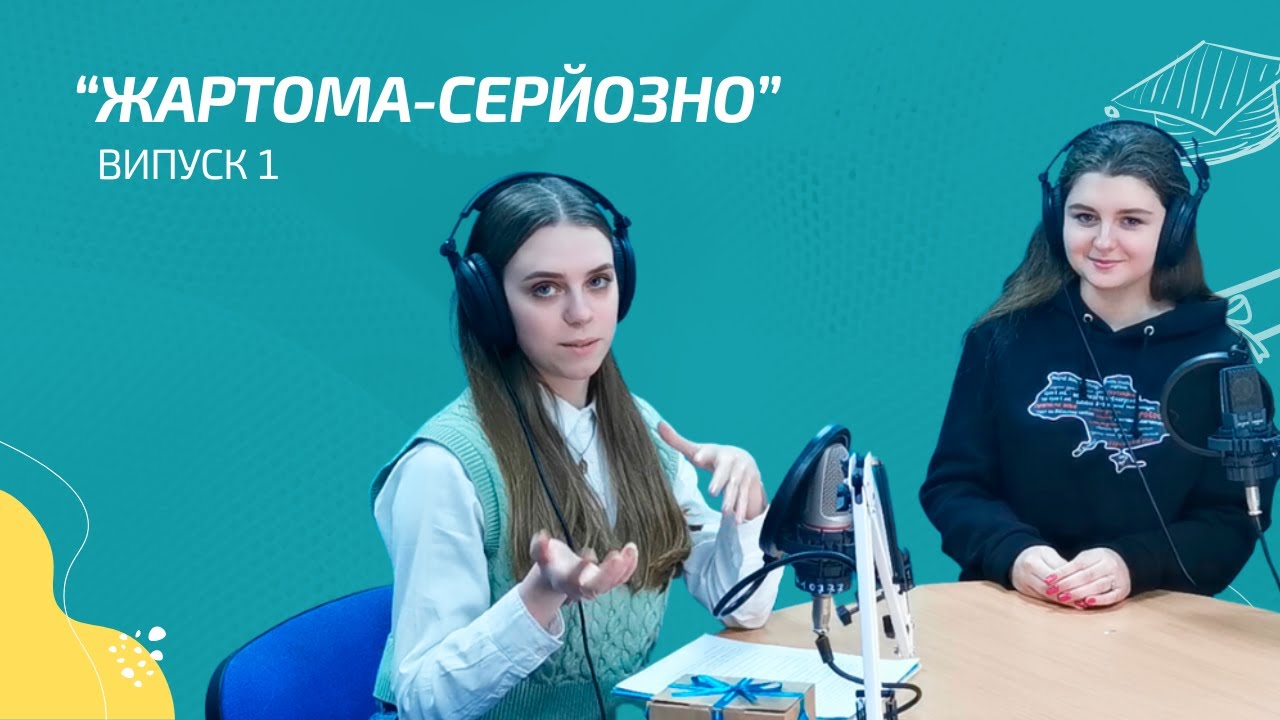Top Tips For Mobile Journalism - Ivo Burum
Summary
TLDREve Oberon, a lecturer at Latrobe University, shares her expertise in mobile journalism with global investigative journalists. She emphasizes the importance of prioritizing story over technology, planning, and using mobile phones strategically. Oberon offers practical tips for shooting b-roll, editing, and understanding the storytelling toolkit. She highlights the democratizing potential of mobile journalism, enabling individuals worldwide to tell impactful stories.
Takeaways
- 📱 Mobile phones are powerful tools for investigative journalists, enabling them to capture and tell stories effectively.
- 📹 The emphasis should always be on the story first, not the technology. Good storytelling is paramount, regardless of the tools used.
- 🗺️ Planning is crucial for mobile journalism. It serves as a roadmap in the field and a guide during editing.
- 🔍 Understanding the appropriate technology for the story is key. Different regions may have varying levels of tech adoption and comfort.
- 🎥 B-roll footage is essential for enhancing video storytelling, providing context and depth to the narrative.
- ✂️ Editing should start with the story structure, using draft narration if necessary, before refining with b-roll and other elements.
- 💡 The SCRAP method (Story, Characters, Resolution, Actuality, Production) is a useful toolkit for understanding and structuring stories.
- 🏆 Mobile journalism has been successful in producing award-winning content, such as 'Eastern Gateway', and empowering underrepresented voices.
- 🌐 With billions of mobile phones globally, there's immense potential for individuals to tell impactful stories from their communities.
- 🌟 Mobile journalism democratizes the ability to create and share stories, allowing for a more diverse range of voices to be heard.
Q & A
What is the main focus of the global investigative journalism conference discussed in the script?
-The main focus is on the use of mobile phones by investigative journalists to create powerful stories, with an emphasis on story development and the appropriate use of technology.
Who is Eve Oberon and what is her background?
-Eve Oberon is a lecturer at Latrobe University, teaching mobile journalism and media industries. She has 30 years of experience in television, working as an executive producer, producer, and writer, primarily in current affairs and general production.
What is the significance of developing self-shot skills in mobile journalism?
-Developing self-shot skills in mobile journalism is significant because it allows journalists to create compelling stories using just their mobile phones, which can be a more accessible and cost-effective method compared to traditional video equipment.
What is the first tip Eve Oberon gives for mobile journalism?
-The first tip is to always prioritize the story. Technology should not be the primary focus; it should serve the story being told.
Why is planning important in mobile journalism according to the script?
-Planning is crucial because it acts as a map and lifeline for journalists in the field, helping them know what to film and aiding in the editing process by providing a structure for the story.
What does Eve Oberon suggest about the use of technology in mobile journalism?
-Eve Oberon suggests that the choice of technology should be determined by the story first. Journalists should not let the technology dictate the story but rather select the appropriate tools to tell the story effectively.
What is the role of b-roll in mobile journalism as discussed in the script?
-B-roll, or cutaway footage, is essential in mobile journalism as it provides the overlay footage used to enhance narration or interviews, making the storytelling more dynamic and visually engaging.
How does Eve Oberon recommend approaching the editing process in mobile journalism?
-Eve Oberon recommends editing the story first and then focusing on the b-roll. This involves quickly establishing the story structure, even with draft narration, and then refining the edit with the appropriate b-roll to give the story its final form.
What does the acronym SCRAP stand for in the context of storytelling as mentioned by Eve Oberon?
-SCRAP stands for Story, Characters, Resolution, Actuality, and Production. It's a storytelling toolkit that helps journalists understand and structure their narratives effectively.
Can you provide an example of a successful mobile journalism story mentioned in the script?
-One example is 'Eastern Gateway,' an award-winning film about refugees leaving the Middle East and seeking safer lives, showcasing the potential of mobile journalism to tell impactful stories.
What is the potential impact of mobile journalism as highlighted in the script?
-The potential impact of mobile journalism is to democratize storytelling skills, enabling people worldwide to tell life-changing stories using their mobile phones, thus empowering communities to share their narratives.
Outlines

Dieser Bereich ist nur für Premium-Benutzer verfügbar. Bitte führen Sie ein Upgrade durch, um auf diesen Abschnitt zuzugreifen.
Upgrade durchführenMindmap

Dieser Bereich ist nur für Premium-Benutzer verfügbar. Bitte führen Sie ein Upgrade durch, um auf diesen Abschnitt zuzugreifen.
Upgrade durchführenKeywords

Dieser Bereich ist nur für Premium-Benutzer verfügbar. Bitte führen Sie ein Upgrade durch, um auf diesen Abschnitt zuzugreifen.
Upgrade durchführenHighlights

Dieser Bereich ist nur für Premium-Benutzer verfügbar. Bitte führen Sie ein Upgrade durch, um auf diesen Abschnitt zuzugreifen.
Upgrade durchführenTranscripts

Dieser Bereich ist nur für Premium-Benutzer verfügbar. Bitte führen Sie ein Upgrade durch, um auf diesen Abschnitt zuzugreifen.
Upgrade durchführenWeitere ähnliche Videos ansehen

Подкаст для абітурієнтів "Жартома-серйозно". Випуск №1

Jessica Soho @40-- Telling the Story of Filipinos | Kapuso Mo, Jessica Soho

Подкаст для абітурієнтів "Жартома-серйозно" №8. Що у школі не розповідають про університет?

How to write the PERFECT Letter of Recommendation (with FREE SAMPLE) 🤯🔥 for Studying Abroad

"Жартома-серйозно". Випуск №2. Як це навчатися в Китаї?

Подкаст для абітурієнтів "Жартома-серйозно" №9. Чому для кожного студента важлива практика?
5.0 / 5 (0 votes)
